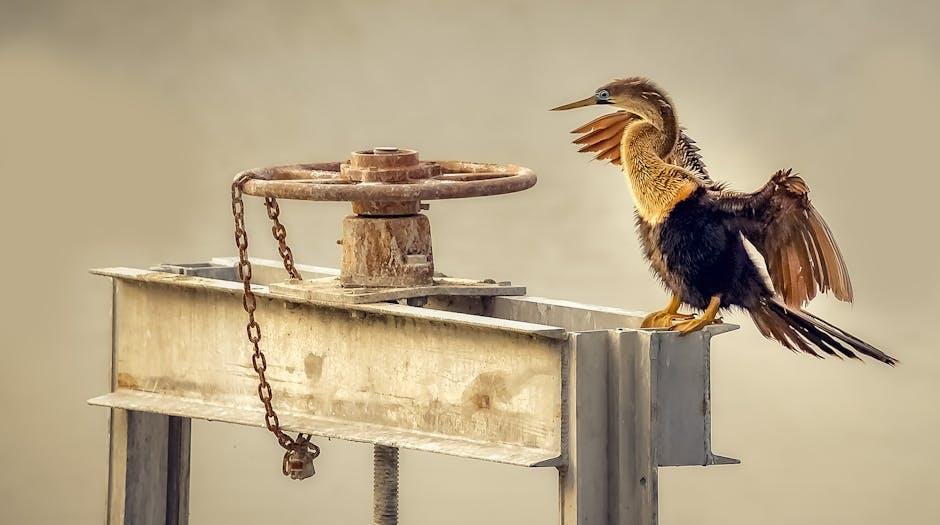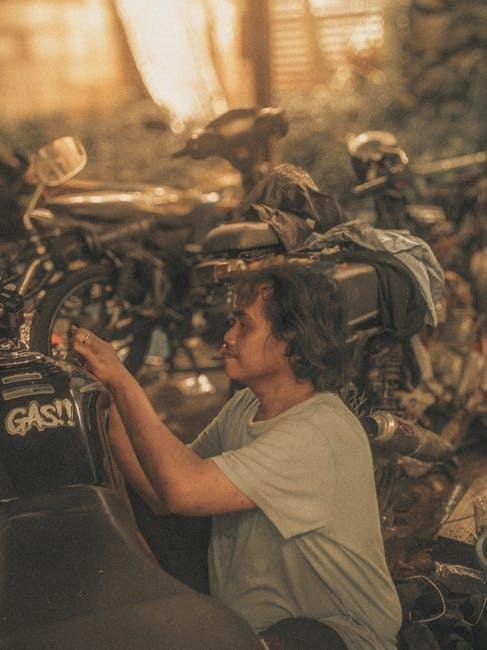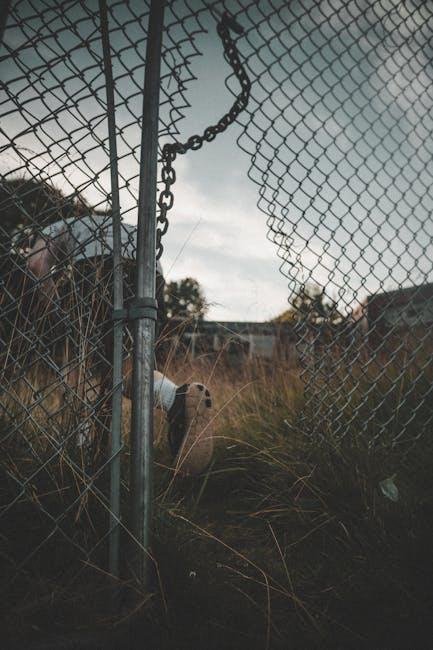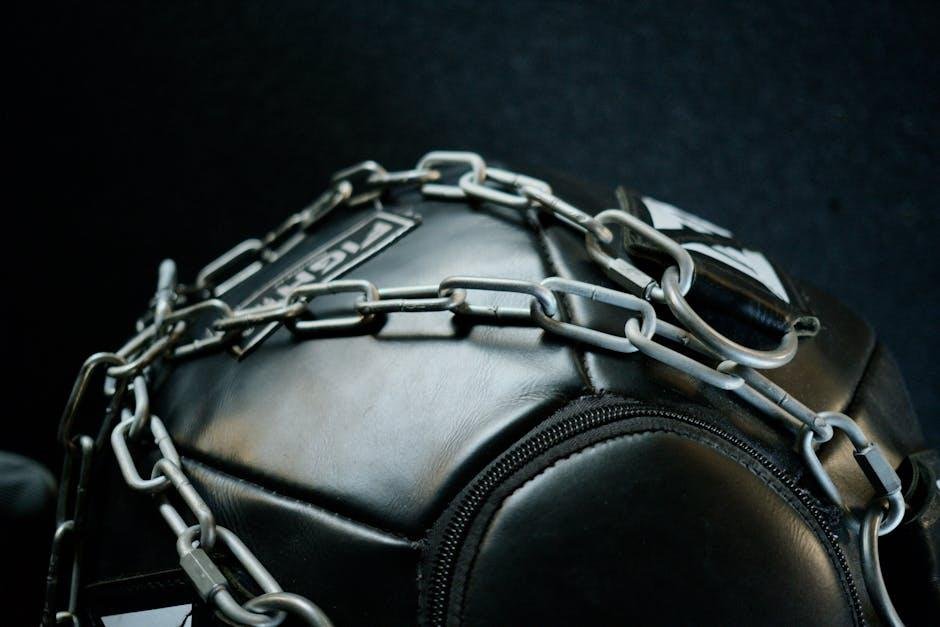Title: Mastering Chain Repairs: Your Guide to Fixing a Broken Chain Yourself
there’s a certain satisfaction that comes from rolling up your sleeves and tackling repairs with your own two hands, especially when it comes to something as common yet essential as a chain. Whether it’s the broken link on your favorite necklace, the chain of your bike, or an critically importent piece of machinery, a faulty chain can mean interrupting your plans or sidelining a much-loved item. Fear not! Instead of surrendering to frustration or the search for professional help, you can harness your inner DIY enthusiast and learn the ropes of chain repair. In this article, we will guide you step-by-step through the process of diagnosing and fixing a broken chain, empowering you to restore functionality and extend the lifespan of your prized possessions. So, gather your tools and let’s embark on this practical journey together!
Understanding Chain Anatomy and Common Issues
To effectively tackle chain issues,itS vital to frist understand the anatomy of a chain. A typical chain consists of several components that work in unison, including the inner links, outer links, and pins.Each part plays a crucial role in ensuring smooth operation. The inner links are responsible for connecting the chain to the adjacent links, while the outer links provide stability and strength. Additionally, the pins secure the links together and are often the weak points in the chain, susceptible to wear and breakage. Identifying these components allows you to pinpoint potential issues, such as corrosion, misalignment, or wear, which can lead to chain failure.
Common problems that arise in chains include slipping, stiff links, and breakage. To address these issues, consider the following preventative measures and repairs:
- Regular Cleaning: Keep the chain free from dirt and debris to prevent buildup.
- Lubrication: Apply a suitable lubricant to reduce friction and wear.
- Inspect for Wear: Check links regularly for signs of stretching or damage.
If you notice a break, you can easily fix it at home by using a chain tool or a set of pliers. Simply remove the damaged link and replace it with a new one,ensuring all pins are secured properly. Understanding how to utilize your tools effectively can save both time and money, empowering you to maintain your chain in top condition.

Essential Tools and Materials for a Successful Repair
To embark on your chain repair journey, having the right tools at your disposal can make all the difference. Essential items include a chain breaker,which allows you to remove and replace damaged links easily. A set of pliers will help you manipulate the chain as needed, while a repair stand can hold your bike securely, granting you easier access during the repair process. Don’t forget about a cleaning cloth and chain lubricant, which are vital for ensuring your chain operates smoothly after you’ve made your repairs. Plus, a reliable measuring tool or caliper can determine chain wear and guide you on potential replacement options.
Along with tools, you’ll need specific materials to ensure a successful fix. Consider having replacement links or a new chain on hand, depending on the extent of the damage. A link tool, often included with replacement links, allows for seamless integration. Should your chain be excessively worn, it might potentially be wiser to invest in a complete chain kit. For your convenience, here’s a quick overview of what you should gather:
| Tool/Material | Purpose |
|---|---|
| Chain Breaker | Remove and replace damaged links |
| Pliers | manipulate chain as needed |
| Replacement Links | Fix specific broken sections |
| New Chain | Replace if extensively damaged |

Step-by-Step Guide to Fixing Your Broken Chain
Fixing a broken chain can be a straightforward process if you follow a few essential steps.First, gather your tools: chain tool, replacement links, and a lubricant. Begin by assessing the extent of the damage to identify whether you can repair it or if a replacement is necessary. if you find that only a few links are damaged, you can proceed with the repair. Use the chain tool to remove the broken link carefully. Ensure that you do this in a well-lit area, as it will help you see the intricacies of the chain better.
Once the broken link is removed, it’s time to install the new one. Align the new link correctly with the rest of the chain to ensure seamless operation. Make sure to synchronize the chain’s sections, and use the chain tool to connect them securely. After securing the links, apply lubricant to ensure smooth movement. check the tension of the chain and test your repair by manually spinning the chain. This simple maintenance can greatly extend the life of your chain and enhance your riding experience.

Preventative Measures for Future Chain Durability
To ensure the longevity of your chain, adopting a routine of maintenance and care is essential. Regular cleaning is a crucial first step; by removing dirt and debris, you reduce friction and wear. Consider implementing the following practices:
- Lubrication: Apply appropriate chain lubricant regularly, especially after cleaning, to protect against rust and corrosion.
- Inspection: Check for signs of wear, such as stretching or damaged links, and replace parts as needed.
- Tension Adjustment: Maintain proper tension to prevent excessive strain on the links, which can lead to premature breakage.
Moreover, environmental factors can greatly affect chain performance. storing your chain in a dry, temperature-controlled space can mitigate the effects of moisture and temperature fluctuations. Consider the following precautions:
| Factor | Preventative Measure |
|---|---|
| Moisture | use moisture-resistant lubricant |
| Dust | Keep the chain covered when not in use |
| Extreme Temperatures | Avoid leaving the chain in direct sunlight or cold conditions |
To Wrap It Up
As we conclude our exploration of fixing a broken chain, it’s clear that with a little patience and the right tools, you can tackle this task without calling in the professionals. Remember, each link in your chain is a testament to your commitment, whether it be for a bike ride, a piece of jewellery, or a vital connection in your daily life. Embrace the challenge, and don’t shy away from the satisfaction that comes with a job well done.
By following the steps outlined in this article, you’ve equipped yourself with the knowledge needed to restore functionality and keep things moving smoothly. So, the next time a chain snaps, instead of feeling disheartened, channel your newfound skills and take it as an opportunity to engage in a rewarding hands-on experience. Keep those tools handy, your spirits high, and remember: every problem has a solution waiting to be discovered, one link at a time. Happy repairing!
